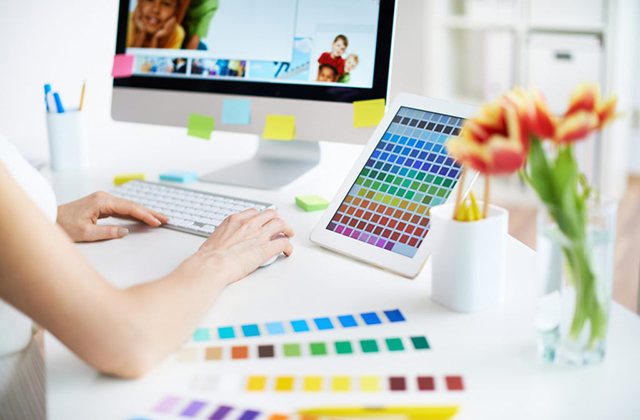3D modeling is not a task to be taken likely. It is time-consuming and demanding, and could even get frustrating at times. Completing your 3D model with as little headache as possible is something you most definitely would want to strive for. To do this it is important to make a conscious attempt to prevent as many foreseeable setbacks as possible. This doesn’t mean simply being careful during rendering. It means consciously doing things that would make your task easier and looking out for things that could possibly cause you to backtrack, or worse start over. By the way, you really want to avoid starting over. Believe it when we say so. We’ve been there, and we can tell you it’s not pretty. A tv storyboard is a fast and easy way to show and share your imagination.
Yet you can’t watch out for things that would make your job easier if you don’t know what to look out for. That’s where this article comes in. Below are a few things you need to know before you start your 3d industrial modeling, 3d product rendering, 3d furniture rendering that would make the task as stress-free as it could ever be.
Your chosen app and how it operates
This might seem obvious, but it is simply just too important to be left out of the picture. Any 3D rendering artist would tell you that creating 3D models can be rather tasking most of the time. Doing everything to make sure your rendering is carried out as smoothly as possible should be your goal. This doesn’t begin when you start rendering, but before that. Whatever app you would be using to create your desired model should not be new to you. Even if it is, familiarize yourself with it before you start using it. A 5-10 minutes video would save you from spending several times as much trying to figure things out.
Orientation of the model
Once you have familiarized yourself with the app to be used, you then need to figure out the right orientation. Getting the orientation right before modeling ensures that the model is produced and displayed with the appropriate view. You really don’t want to get everything right but miss the orientation. Imagine getting a cloth that’s your perfect fit and is designed exactly the way you like it. Everything is perfect with this cloth, except one thing… it was manufactured up-side-down. Missing your model’s orientation during 3D rendering could have a similar effect. So get your orientation right even before you begin modeling. It would most definitely save you the frustration that is certain to rear it’s head otherwise.
Symmetry of the model
One other thing to keep in mind is the symmetry of the model. Unlike the orientation which only affects the view of the model and would only cause confusion at worst, messing up the Symmetry of the model could almost literally mess up the whole model. For 3D architectural rendering especially, this is on mistake you would want to avoid. No one likes a do-over, no matter how small the task. Make the task a huge one and you definitely want to stay as far away from the possibility of one as possible. Get the symmetry right and you are well into doing just that.
If you do observe that you got the symmetry wrong, be quick to make corrections. Better to take a few seconds or even minutes to make adjustments immediately the mistake is detected than to leave the correction till later. Doing that would increase the possibility of tampering with other features of the already completed model, causing more harm than good.
Complexity of/in the model
This refers to the level of details present in the model. Details in 3D designs are a good thing. In fact, this is one of the things that makes 3D so appreciated. Yet too much details in a model can actually be more of a negative factor. For one reason, putting too much detail in irrelevant parts of the model would consume so much time, it wouldn’t be worth it. Also, too much details in undesired parts of a model could take attention off the details in the more important parts. So figure out the right level of complexity is best suited yo what part of your model and make sure you use them right.
Once you have taken all these into consideration, you can now start carrying out your modeling. You should always remember however that the conscious effort doesn’t simply end here. Even as you carry out your modeling, you should always look out for possible errors and correct them early. Just as a little mistake can ruin the whole model, a little correction at the right time can also set everything right. Find out on how to enhance a 3D modeling designs.

